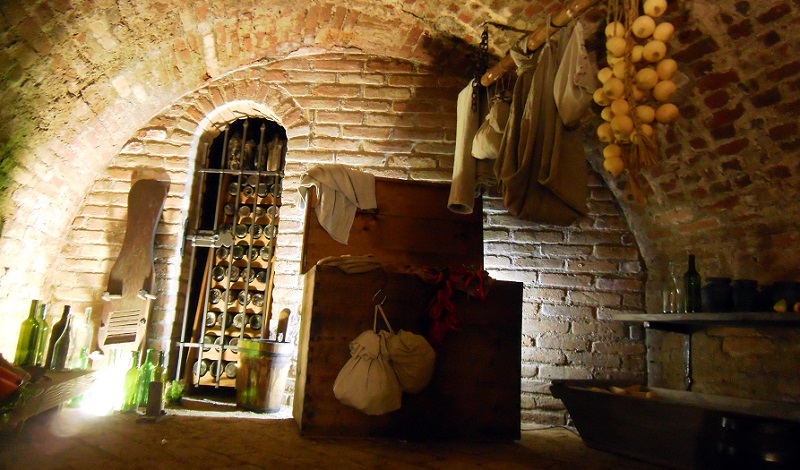
There are three main types of commercial food storage, each with strict guidelines to guarantee optimum food safety. Here are the major points to consider as specified by the Food Standards Agency.
Refrigeration
There are certain foods that are required to be kept in chilled storage. The low temperatures prevent the growth of food poisoning bacteria to ensure safety. Such foods include:
- Items with a use by date
- Foods that have been cooked but are not served immediately
- Cooked meats, salads and desserts classed as ‘ready to eat’
- Foods that stipulate refrigerated storage on the label
- Any items that highlight refrigerated storage once opened
It is important to be aware of the product manufacturer’s directions and follow any instructions. This includes the temperature of storage and the length of time items can be safely refrigerated.
All chilled foods must be kept in temperatures of 8˚C or below. Many equipment manufacturers recommend setting temperatures to a maximum of 5˚C to allow for any variation.
There are certain situations where the law allows for limited storage outside of the recommended conditions such as;
- The defrosting of equipment
- Breakdown
- When handling during or after preparation or processing
In such circumstances, foods may be kept above 8˚C however only for a limited time with the safety of the food remaining unaffected.
To ensure accurate and safe refrigerated storage you should regularly monitor operation temperatures and keep a clear record.
Freezer
Frozen foods are able to be kept for longer periods of time as harmful bacteria are prevented from growing in very cold temperatures. Freezing is not foolproof however and bacteria are not completely killed.
Recommended temperatures of at least -18˚C are suggested to guarantee safe storage. Frozen items must be well wrapped and separated within the freezer compartments to avoid potential cross-contamination. All produce must also be clearly dated to ensure use within a satisfactory time period. Stock rotation and regular checks should make this process easier.
Freezer storage times will depend on the particular product so always refer to produce instructions and labels.
Remember that in the unfortunate event of a breakdown, food poisoning bacteria will begin to grow. In such event, any foods that are still solid and icy should be immediately transferred to another freezer and any items showing signs of commencement of defrosting must be moved to a suitable location to continue to defrost ready for immediate use. If foods are soft they should be cooked immediately until piping hot all the way through. Where this isn’t possible the item should be disposed of. Should produce have defrosted that must remain frozen you cannot safely refreeze; either use it immediately or throw it away.
Room Temperature
Any dry foods such as rice or flour etc. can be stored in areas that are dry, clean and well ventilated. All produce must be kept off the floor and sealed in suitable containers. Label all storage with the contents, any possibility of allergy and correct dates including date of opening and use by date.
Stock rotation can minimise food waste and heighten produce management. If any packages display signs of puncture or exposure to the external environment dispose of immediately.
By understanding the basics of commercial catering storage and following simple guidelines your business can maximise food safety and reduce waste, leading to happy customers and increased profit in the future.

Leave a Comment
Your email address will not be published. Required fields are marked *